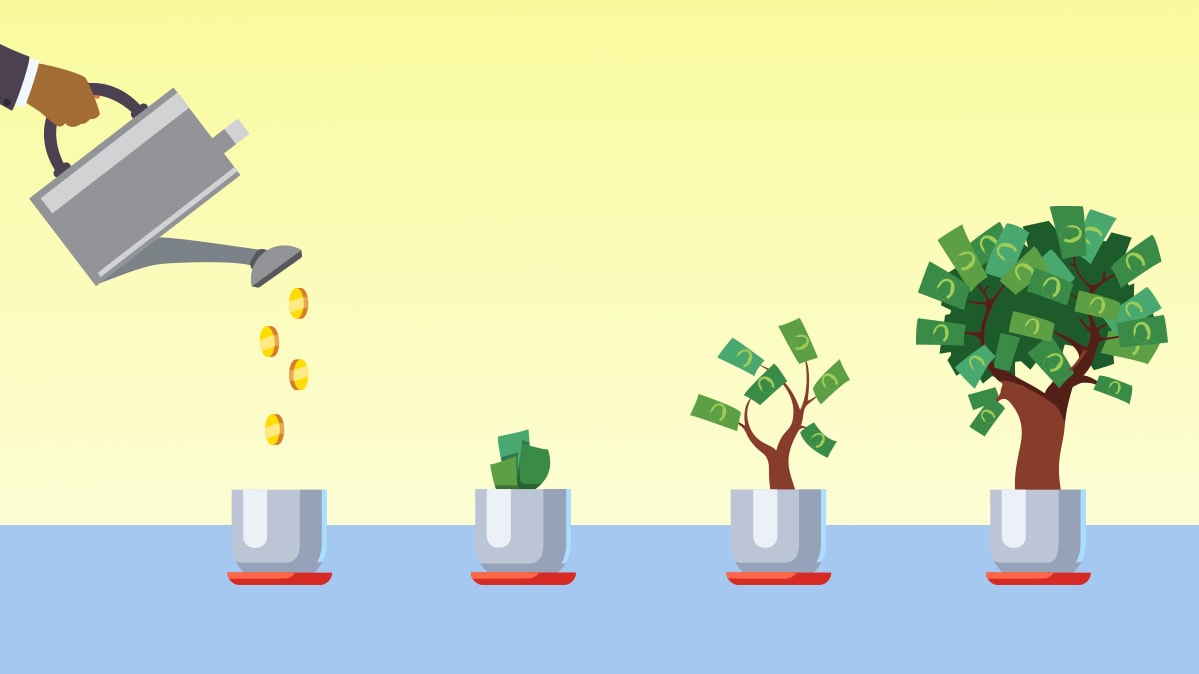The peak in gasoline demand turns out to be a mirage

AFTER fueling the 20th century automobile culture that reshaped cities and defined modern travel, gasoline was supposed to begin its long goodbye this year. It didn’t.
Sure, Tesla, Inc. and its rivals sold more electric vehicles (EVs) in 2023 than ever before, reducing fossil fuel demand. In the moneyed suburbs of London, New York, and Beijing, EV cars are a common sight. From that narrow perspective, it looks like the world has already started ”transitioning away from fossil fuels,” as agreed at the recent COP28 climate talks. But it’s a mirage.
Even as EV sales increased, the global oil industry sold more gasoline than ever this year, surpassing the previous 2019 peak that the International Energy Agency (IEA) had expected would remain an unassailable all-time high. Outside wealthy neighborhoods, the internal combustion engine still reigns supreme; in middle- and working-class areas, the energy transition remains a distant prospect.
From the 1950s onward, when Henry Ford’s dream of a car in every middle-class American driveway became a reality, gas stations sprung up next to drive-in restaurants and strip malls, transforming the US landscape and economies across the globe. The gasoline used to power automobiles accounts for roughly one-in-four barrels of petroleum-refined products consumed worldwide.
As the climate crisis garners increased attention, the fuel is destined to play an outsized role in the energy transition — an early indicator of whether the shift away from fossil fuels is happening, and at what speed. The theory was that as EV cars became more popular, gasoline demand would be “disproportionally” impacted, the IEA predicted in its most recent five-year oil outlook, released in June. “This means that the fuel is likely to exhibit the earliest and most pronounced peak in demand” of all fractions of the oil barrel, it added.
While consumption would recover this year, it wouldn’t reach pre-pandemic levels; the outlook was for a gentle, but constant, downward trend. In the middle of the year, the IEA predicted that gasoline usage would “never return to 2019 levels,” when demand reached 26.7 million barrels a day. Instead, consumption rose to about 26.9 million barrels a day this year, according to the latest IEA figures.* And 2024 is poised for another, even if small, increase, to just above 27 million barrels a day. As thing stand, the peak in gasoline demand has been delayed by five years, to 2024 from 2019. And I won’t be surprised if, once more data are available and forecasts are updated, the peak is pushed forward even further.
The surge past the 2019 peak is particularly significant because it came against three notable headwinds: gasoline prices have been high, particularly in local currencies outside the US dollar world; work-from-home remains far more prevalent than before the pandemic; and Chinese economic growth has slowed.
The trend of higher-for-longer demand has three important lessons for understanding the energy transition. First, the stylized forecasts showing sustained demand declines rarely survive the passage of time – not just years later, but often as soon as a few months after publication. Second, announcements of peak demand generate lots of headlines, but when consumption surges past those peaks, the public rarely hears about it, providing a misleading picture of the pace of the transition. Third, the shift away from fossil fuels will take longer than many had expected.
It’s not all bad. The world is embracing EV cars and, over time, their market share will continue to increase, particularly in China, North American, and Western Europe — boosted by generous subsidies in many nations. Even if gasoline demand continues to increase, the pace of growth is slowing. We may not have reached the peak, but probably there isn’t much growth ahead, either.
Still, gasoline demand benefits from a strong force: the world is becoming richer. In 2023, there were about 1.1 billion passenger cars in use, up from about 850 million a decade earlier. Even if a growing percentage of those cars is battery-powered, the absolute number of gasoline-fueled cars has increased. It’s a trend that will take decades, rather than years, to reverse.
Until then, gasoline remains king — whatever the forecasts say.
*Since the IEA released its five-year oil outlook in June, it had revised its 2019 gasoline demand estimate from 26.7 million barrels a day to 26.8 million barrels a day.
BLOOMBERG OPINION




